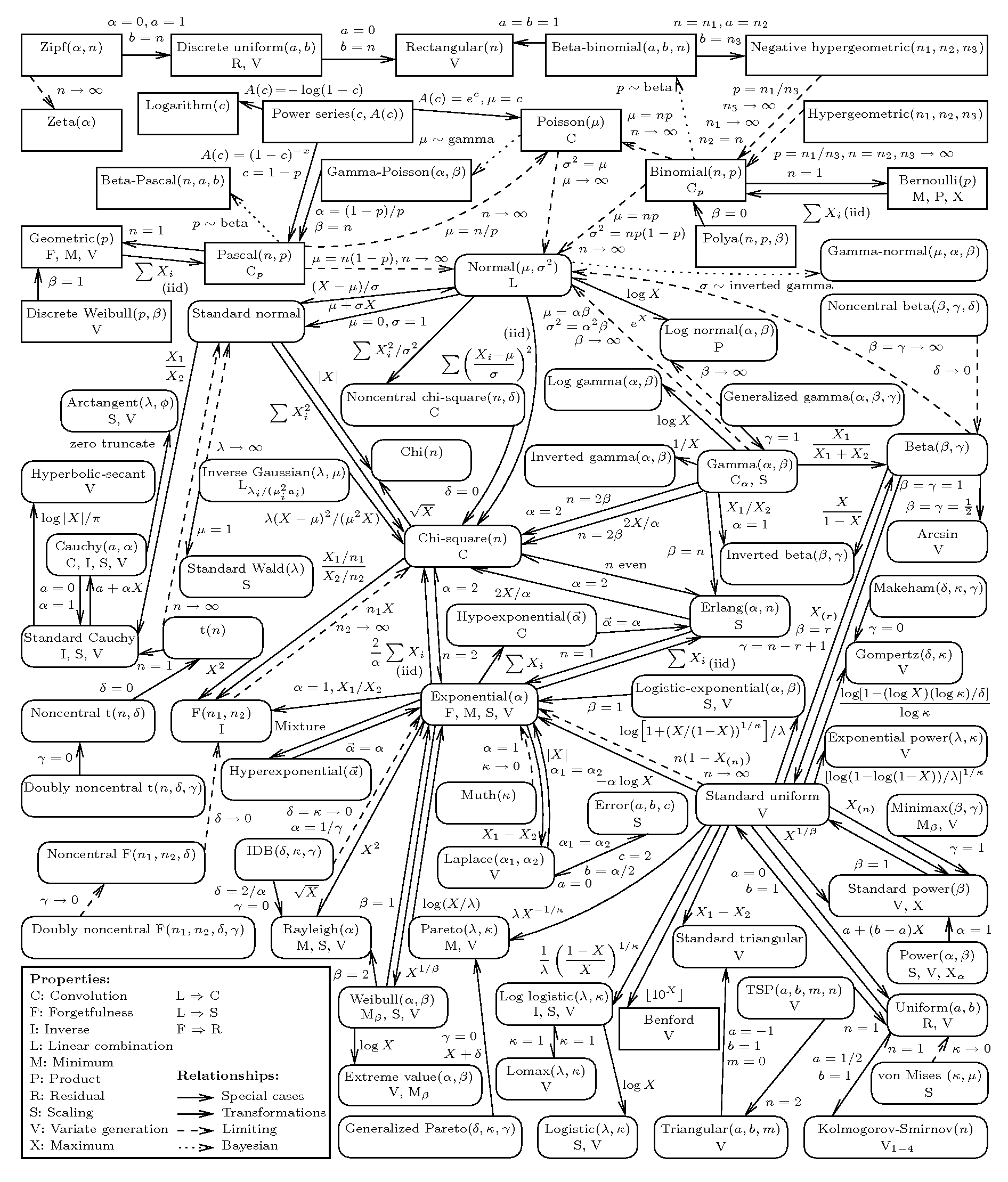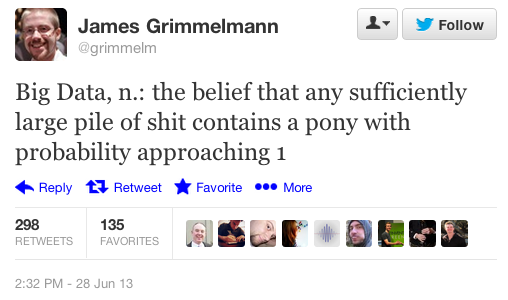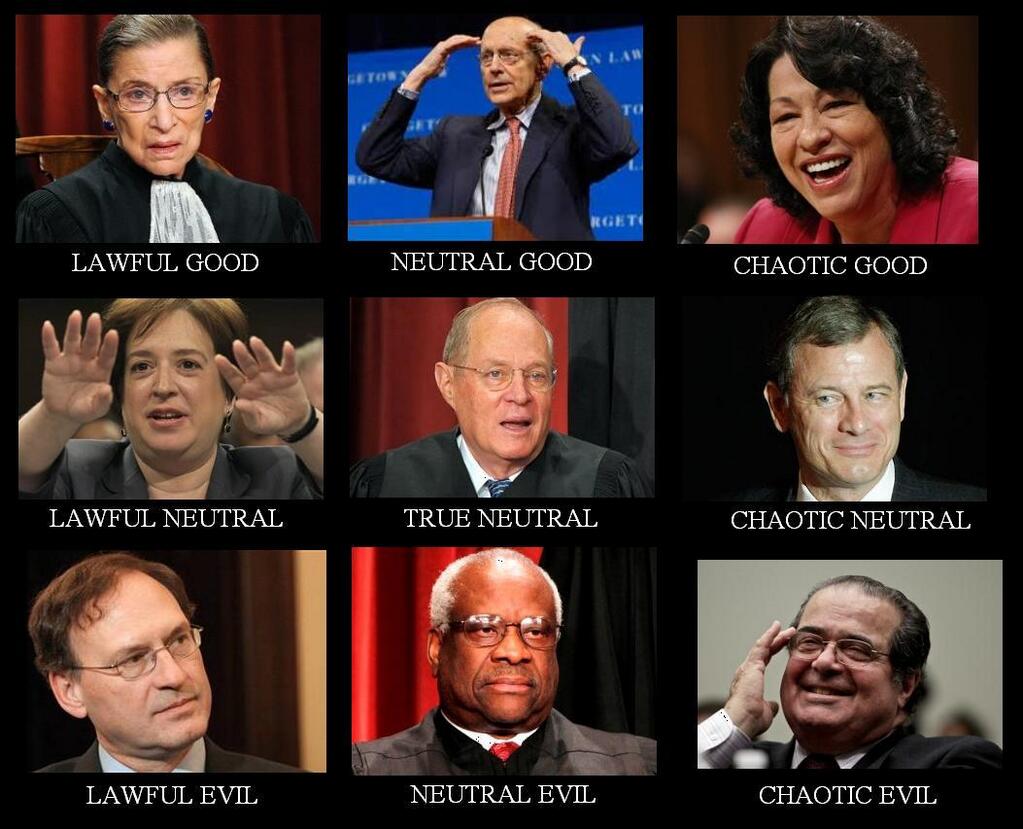So, last Thursday (June 20), the Supreme Court issued its ruling on the case of American Express Co. et al versus Italian Colors Restaurant et al.
The basics of the case are this. If you are a merchant who accepts American Express cards, you sign a contract with American Express. One of the clauses of that contract is that you can not participate in a class-action lawsuit against American Express. Instead, if you think they are doing something wrong, you commit to going through individual arbitration.
A group of merchants wanted to file a class-action lawsuit against American Express because they felt that it was violating antitrust legislation by using its monopoly status to charge merchants elevated fees.
So, if the contracts these merchants signed agreed to individual arbitration, and waived the right to file a class-action suit, why did they go ahead and file a class-action suit anyway?
Well, their argument was that compiling the legal documentation and expert analysis required to prove the anti-trust case would cost hundreds of thousands or millions of dollars. On the other hand, the payout to each merchant, should the suit prove successful, would be only in the tens of thousands of dollars. Therefore, even if they won, each merchant would have to spend more than they were awarded. So, they argued, because of the economics of the situation, they should be allowed to file a class-action suit, where those legal costs could be shared.
The court ruled (5-3) that no, the fact that you will spend more on arbitration than you would earn in a settlement is not sufficient reason to invalidate the class-action waiver in the contract.
Now, I don’t have a legal opinion on that ruling — other that that, despite the fact that it was authored by Scalia, it actually sounds reasonable — however, I do wonder what the consequences might be down the road, and what could be done differently.
In particular, I would expect this type of waiver clause to proliferate. Worst-case scenario, such a waiver would effectively immunize companies from all legal action where (1) the payout to individual litigants would be low, and (2) where some non-trivial level of legal and/or technical expertise was required to substantiate the complaint.
Enter the Swarm
So, here’s an idea for you: swarm-based legal action. Here’s roughly how I imagine it would work.
The simplest version would be just a pooling of resources outside of a formal class-action suit. You collect your litigants together. Someone (the collection of litigants, or maybe a law firm working on some sort of contingency basis) pays to put together the expert documentation, and each litigant takes that documentation separately into their own arbitration process. You could imagine some sort of sharing agreement: 25% of the proceeds from each arbitration go to the individual litigant, 75% goes to a common pool. The common pool is used to pay costs, and whatever is left over is divided among all litigants.
- This would mean that research costs involved in proving the case would be shared, making arbitration economically feasible.
- This would provide a sort of hedge for the participants — under the assumption that there is some noise in the arbitration process, depending on factors ranging from the individual personalities involved in a particular arbitration hearing to what everyone had for lunch.
- But, by not communalizing all of the proceeds, you make sure there is an incentive for individual litigants not to phone it in.
Now, the question is, would this be legal?
The dissenting Supreme Court opinion suggests that it might not be (hence their feeling that the class-action waiver should be voided):
The agreement’s problem is that it bars not just class actions, but also all mechanisms – many existing long before the Sherman Act, if that matters – for joinder or consolidation of claims, informal coordination among individual claimants, or amelioration or arbitral expenses. See supra, at 7. And contrary to the majority’s assertion, the Second Circuit well understood that point: It considered, for example, whether Italian Colors could shift expert expenses to Amex if its claim prevailed (no) or could join with merchants bringing similar claims to produce a common expert report (no again). See 554 F. 3d 300, 318 (2009).
The point about a common expert report in the Second Circuit ruling (here — follow-up 2012 ruling here) relates to another clause in the Card Acceptance Agreement, which they quote:
The arbitration proceeding and all testimony, filings, documents and any information relating to or presented during the arbitration proceedings shall be deemed to be confidential information not to be disclosed to any other party.
But surely there is a way around this. For example, the merchants could reach their agreement about cost-sharing in the preparation of the report, and, once they had committed to this agreement, would gain access to it. Then, they could use the information in that report in their arbitration (or not — with the confidentiality clause there would be no verifying it).
The only question is whether or not the outcome of the arbitration would be subject to the confidentiality clause. If it were, you would have to structure it as a straight-up purchase of expert documentation, with the expert and legal fees paid at a flat rate (not contingent on the outcome of the arbitration), and divided among all of the merchants. You would lose the benefit of being able to hedge outcomes by partial sharing of the proceeds, but you would still be able to make it work.
The Smart Swarm
But, what if you can report back with the outcome of the arbitration process — at least a win/lose outcome, or, preferably, a dollar amount? Then, you could open up a new set of possibilities, where you turn the requirement for individual arbitration from a handicap into a collective advantage.
Instead of producing a single expert report and legal filing, maybe you produce a diversity of documentation — versions that perhaps vary in their framing or emphasis. Then run though the first set of arbitration procedures — see what works and what does not work — discard ineffective strategies and build new diversity around successful ones.
Basically, use the fact that you have a large population of individuals or businesses to optimize your arbitration strategy using an Evolutionary algorithm.
For this to work, the only real requirement would be the ability to report back out of arbitration what the outcome was. This is critical for two reasons:
- For the evolutionary learning to take place, you have to know the outcome of each experiment.
- A common pool, where proceeds are shared, would be required to get individuals to buy into the scheme, particularly at the early stages, where you are explicitly asking some people to go into arbitration with what you suspect may be sub-optimal strategies, for the purpose of improving the function of the swarm as a whole.
In fact, I think this might be a winning strategy more generally, not just in circumstances where class-action suits are prohibited.
What do you think, armchair legal scholars?









